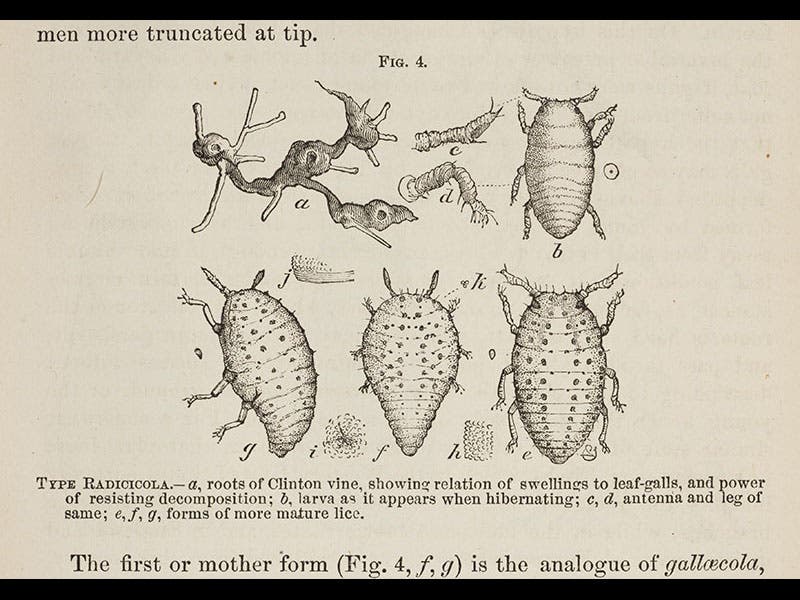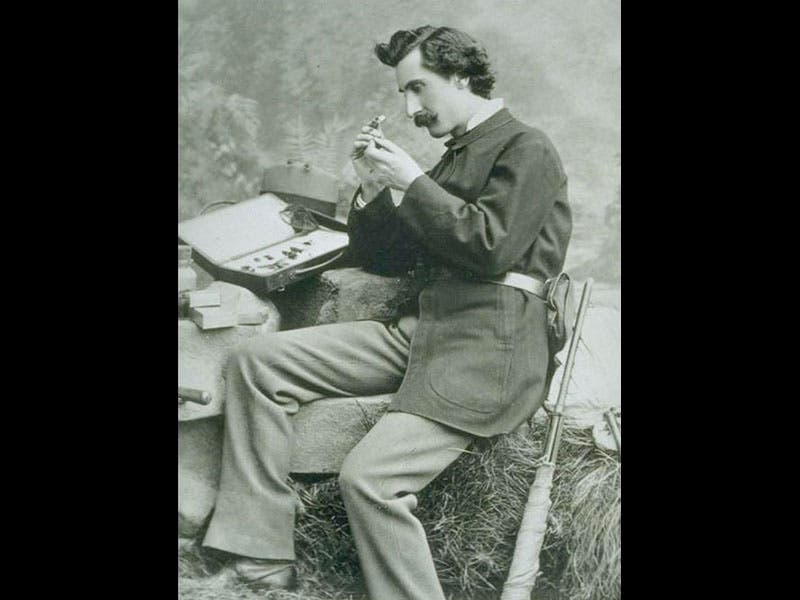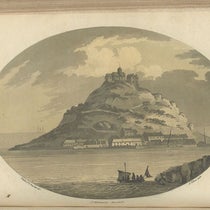Scientist of the Day - Charles V. Riley

Linda Hall Library

Linda Hall Library

Linda Hall Library
Charles Valentine Riley, an American entomologist, was born Sep. 19, 1843. For some years, Riley was the State Entomologist for Missouri, and beginning in 1868, he wrote a series of Annual Reports on "the noxious, beneficial, and other insects of the State of Missouri". This does not sound like exciting reading, but a great detective story was played out and resolved in these pages. The French wine industry was under attack by a tiny louse that bored into the roots of French grape vines and killed the plants. It was really a devastating plague, and the thought of France without wine sent shudders through every Gallic heart (and liver). Riley found that American grapes harbored the same insect, called Phylloxera, which was not easy to discover, because on American grapes the insect was found mostly in galls on the leaves. He further realized that the American grape was resistant to the devastating root attacks that were fatal to French vines (it turns out that Phylloxera had originated in the Americas, so grape and bug had had a long time to evolve a mutual co-existence). Riley went to France to view the infestation first-hand, and he invited the principal French expert, Jules Planchon, to travel to Missouri to inspect American grape vines. The two decided that the solution was for France to import and plant American grapes, and then use those plants as a rootstock, onto which French grape vines would be grafted (nobody much wanted American grapes at the time--just the roots, thank you). The strategy worked, the French wine industry was saved, and Riley was honored by the French government for his services. You can read all about the entire saga in a recent book, Dying on the Vine: How Phylloxera Transformed Wine (2011), by George Gale. Gale was formerly a professor here at UMKC in Kansas City.
We have Riley’s Annual Reports on the … Insects of Missouri (1868-76) in the Linda Hall Library. We also have the 1874 volume of Popular Science Monthly, where Riley published an article for the public about the Phylloxera problem, which depicted the lice and the rootlets they attacked (third and fourth images above). Riley also taught at Kansas State for several years, where they have preserved many of the beautiful wall charts that he used for his lectures (first and sixth images). There are several portrait photographs at the National Agricultural Library (second image).
Dr. William B. Ashworth, Jr., Consultant for the History of Science, Linda Hall Library and Associate Professor, Department of History, University of Missouri-Kansas City. Comments or corrections are welcome; please direct to ashworthw@umkc.edu.









